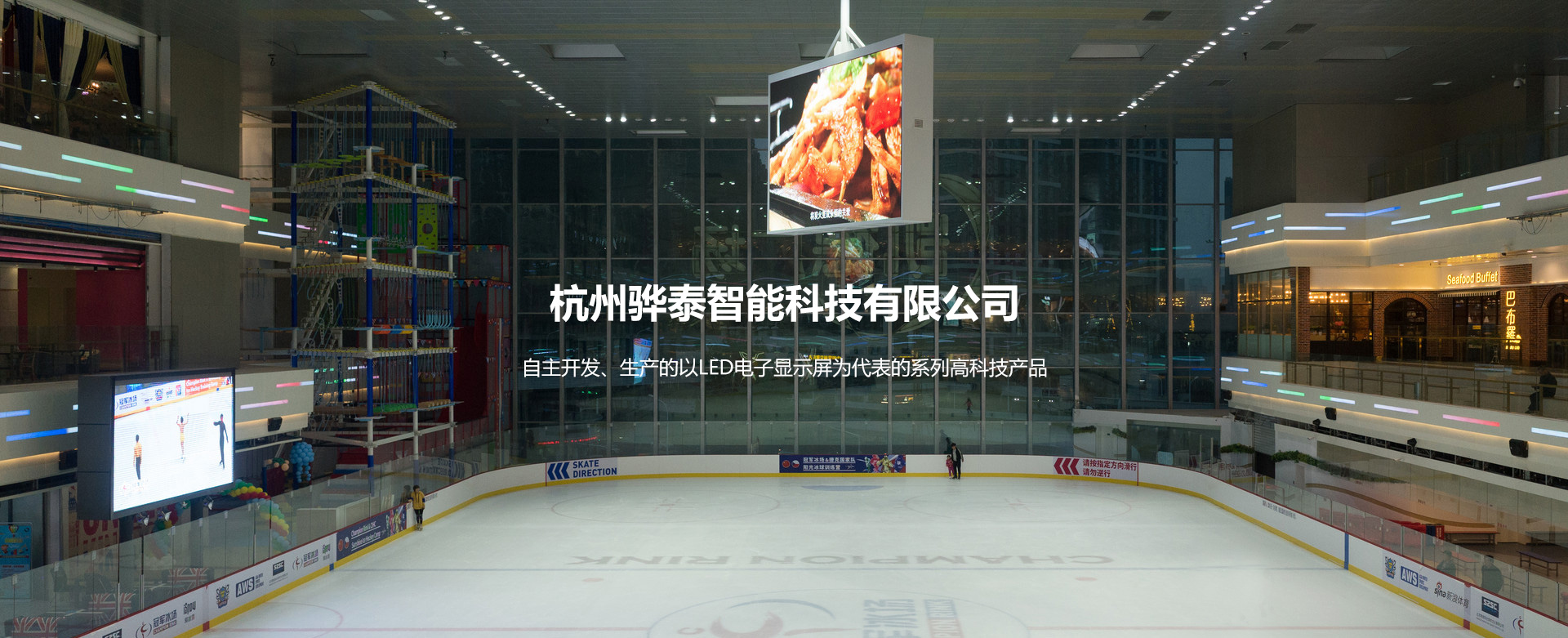
LED display why can be widely used, my summary is the following:
1. Extensibility: LCD screen to do the bigger, the higher the production line equipment investment. The LED display size is very easy to increase, just like building blocks. Resolution is also convenient to achieve according to user needs.
2. Full color: light bulbs, neon lights are all monochrome, LED RGB RGB to achieve a combination of three primary colors.
3. High reliability: LED is solid lighting, high reliability, unlike neon tubes, bulbs and the like need vacuum tube.
4. Long life: LED chip theoretical life can reach 100,000 hours, the actual life of more than 30,000 hours
5. Environmentally friendly: LED itself is energy-saving pollution-free products
LED is currently the biggest problem is the heat, LED display is the same. LED display power consumption is very large, a considerable part of the energy wasted on the heat. Fever will bring the following questions:
1. Wavelength drift: Wavelength drift will cause color correction problems, LED in the low temperature and high temperature, the wavelength drift is relatively large. According to the experimental data, the temperature changes once, the wavelength changes 0.2-0.3nm.
2. Output brightness reduction: temperature changes per degree Celsius lead to 1% of the output brightness changes, which the most affected by the red light. From -40 degrees 180% brightness, to 120 degrees brightness less than 50%, that is, the brightness of the red light reduced by nearly two-thirds. Relatively speaking, the blue light and green light are not so strong temperature impact, especially the blue light. When the temperature rises when there is a problem, different colors of the LED issued by the brightness is not the same,
3. Temperature rise leads to LED life shortening: According to a US laboratory data, junction temperature increased from 63C to 74C, LED life from 36,000 hours down to 16,000 hours.
4. Excessive cooling components result in increased system costs.
5. Waste energy and improve user costs.